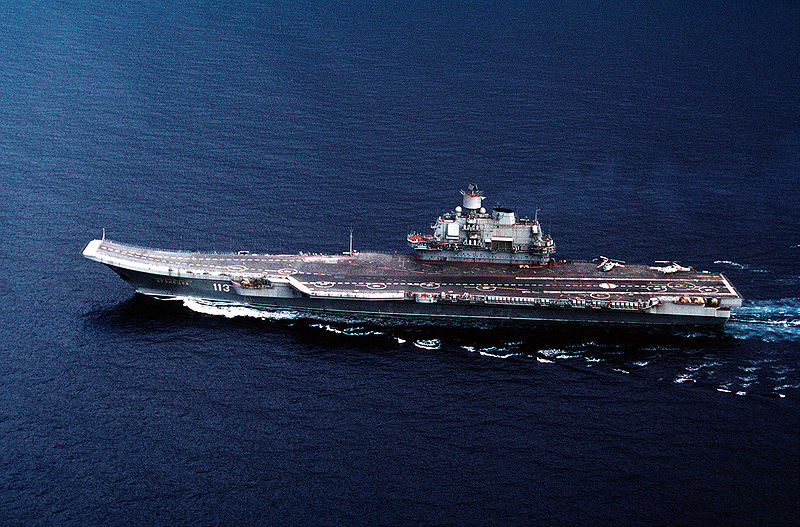Conventionally, a cruiser is the largest of warships built in quantity - other than aircraft carriers. Next in size is the destroyer, and smaller still, the frigate.
In WW II, a heavy cruiser might be 12,000 tons, a light cruiser 6,000, a destroyer 3,000, and a frigate 1,500. The cruiser was the smallest ship capable of independent operations, "cruising" the seas, rather than invariably operating as part of a larger squadron.
In the post-war world, the US Navy required some escort ships the size of cruisers. But what to call them? Cruisers - after their size - or destroyers - after their role.
But budgets were tight, and it was easier to get these cruiser-sized ships approved if they called them "Frigates". Their designation as DLG - Guided Missile equipped Destroyer Leaders (Large Destroyers) hinted at the contradiction though.
Here's a picture of the "Frigate" DLG-23, the USS Halsey

In 1975, it was more politically convenient to call them what they were, so DLG-23 became CG-23, a guided missile cruiser.
In the UK, there was a similar problem. Money could be found for destroyers - but not cruisers. So they built destroyers. Large destroyers. 10,000 ton destroyers, the County class.
Here's the "Destroyer" D19, HMS Glamorgan

What worked once worked again. A cash-strapped treasury would never finance an aircraft carrier. But a "through-deck cruiser" (whatever that was), yes, they could do that.
Of course, they used the same "R" designation for UK Aircraft Carriers, rather than the "C" for cruisers... but the bean-counters didn't notice that.
Here's the "cruiser" R07 Ark Royal

The Montrieux Convention dictates that major warships - aircraft carriers and battleships - aren't allowed to traverse the Bosphorus without prior notification to Turkey.
So... here's a tyazholyy avianesushchiy kreyser (TAKR or TAVKR) - “heavy aircraft-carrying cruiser” of the Russian Navy. A Cruiser, not a Carrier.

I think though that the Japanese have taken things to the furthest step yet. The Japanese Maritime Self-Defence Force is violently allergic to "Aircraft Carriers". Too many associations with P.... H.... on December 7th.
They're not real keen on Cruisers for that matter, as they're for projecting power, something that is too reminiscent of the Greater East Asia Co-Prosperity Sphere, and the unfortunate occurrences between 1935 and 1945. Events not necessarily to Japan's advantage.
So behold - their new 24,000 ton "Helicopter Carrying Destroyer". Definitely not a carrier, oh no.

For reference:
The Carrier Garibaldi

The Cruiser USS Ticonderoga
The Destroyer HMS Edinburgh

The Frigate Bremen

So when it comes to ship type designations... if it swims like a duck, quacks like a duck, has plumage like a duck - it's probably a duck. But in the UK, it's a sparrow, and in Japan, a hummingbird. Officially. A Watergoing hummingbird. A Large Watergoing Hummingbird.

5 comments:
Well, its not just linguistic legalese with the Kuznetovs (and their predecessors, the Kievs)-they carry anti-ship missiles, something no western (especially American) CV would ever carry. The Sovs really did make genuine hybrid carrier/cruisers.
I don't really worry too much about the Kongos, considering all they can carry are helicopters (and the problems with the F-35 are convinving me that building a STOL fifth gen aircraft are many).
Amanda
The IOWA Class
http://www.youtube.com/watch?v=fygfFh8k2vU
Pardon me, that was Hyuga, that is the wannabe carrier, not Kongo.
Amanda
Hyuga? I see. Or rather, Ise.
You say Ya MAR to and I say Ya MAY to
You say Na GAR to and I sat Na GAY to..
Now when will the Japanese build new ships with the name Shokaku and Zuikaku? And call them destroyers.
Post a Comment